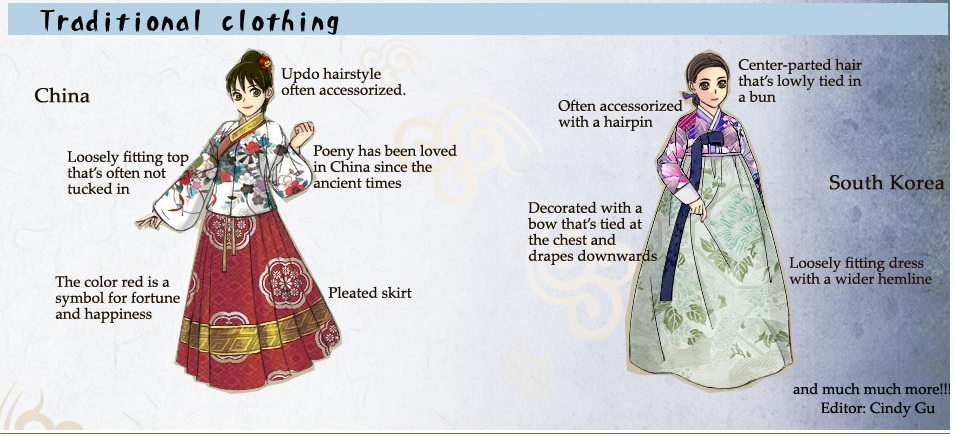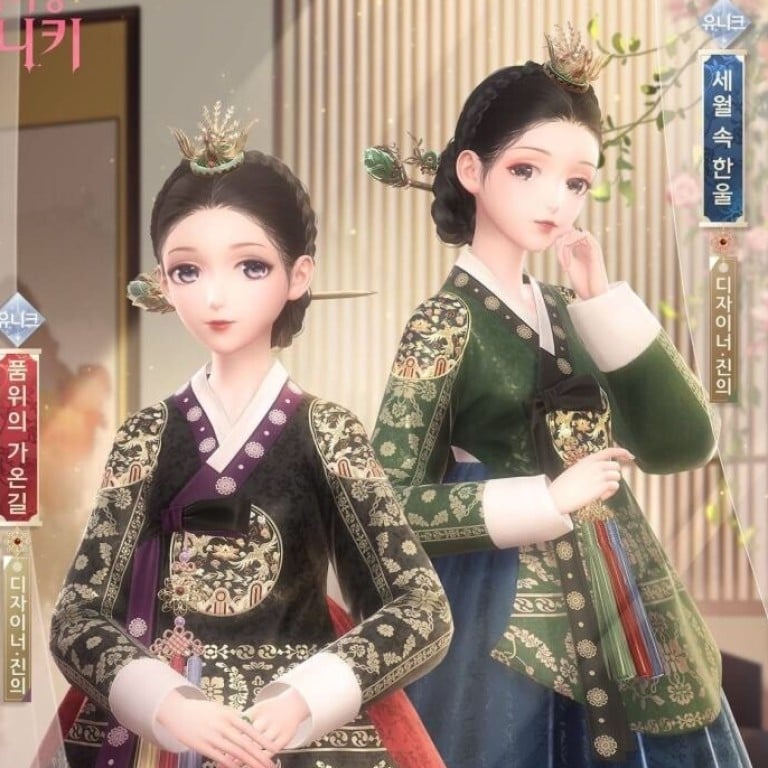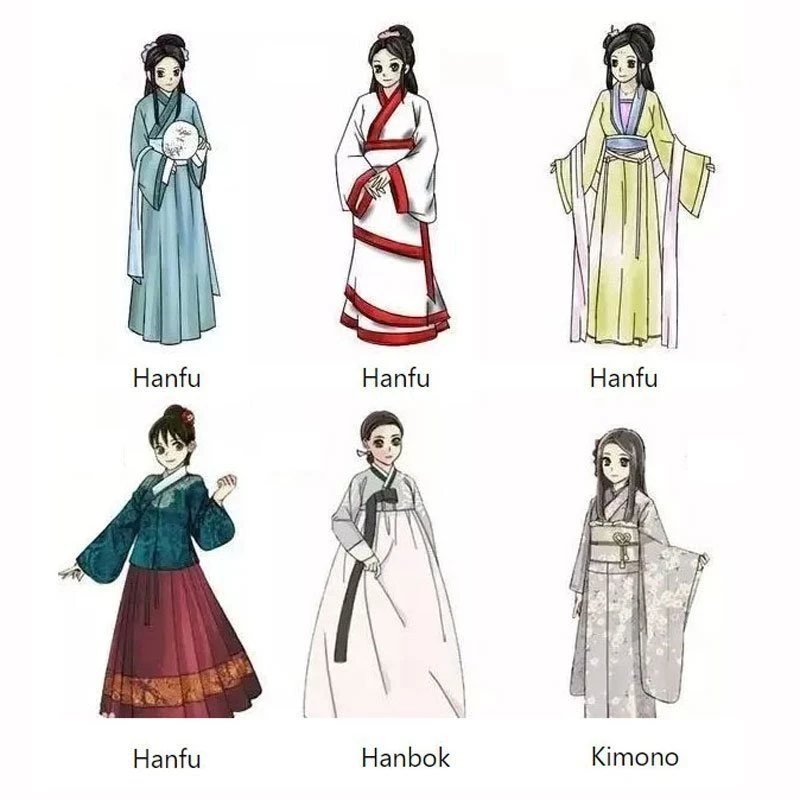A Comparative Journey Through Chinese Hanfu and Korean Hanbok
The cultural tapestry of East Asia is rich and vibrant, with each country boasting a unique heritage that has been shaped over millennia. Among the many facets of cultural expression, traditional attire plays a significant role in defining a nation’s identity. In this article, we embark on a comparative journey through the chinese hanfu vs korean hanbok, exploring the intricate histories, styles, and cultural significance of these two iconic garments.

Historical Roots
The Chinese Hanfu has a history that dates back to the Yellow Emperor, around 2698 BCE, and has evolved through various dynasties, reflecting the changes in Chinese society and culture. It is characterized by its flowing sleeves, cross-collar, and a front-tie closure, which symbolize the philosophy of harmony and balance in Chinese thought. On the other hand, the Korean Hanbok, while sharing some similarities with Hanfu, has its own distinct features. The Hanbok’s origins are less clear but are believed to have been influenced by Chinese and Mongolian Clothing during the Three Kingdoms period (57 BCE – 668 CE).
Cultural Significance
Both the Chinese Hanfu and Korean Hanbok are more than mere garments; they are embodiments of cultural values and aesthetics. The Hanfu, with its intricate patterns and colors, represents the richness of Chinese civilization and its pursuit of elegance and refinement. Similarly, the Hanbok is a canvas of Korean cultural identity, with its vibrant colors and geometric designs reflecting the harmony between humans and nature, a central tenet of Korean philosophy.
Contemporary Revival
The revival of traditional attire in both China and Korea is a testament to the enduring appeal and relevance of these garments in the modern world. The Chinese Hanfu has seen a resurgence in popularity among young people who are eager to reconnect with their cultural roots. This movement is not just about fashion but also about a deeper appreciation for the history and philosophy embedded in the Hanfu. Similarly, the Korean Hanbok has been embraced by a new generation that seeks to celebrate and preserve its cultural heritage. The Hanbok is now worn not only during traditional festivals and ceremonies but also as a fashionable statement in everyday life.
Modern Interpretations
The evolution of the Chinese Hanfu and Korean Hanbok into the modern era has been marked by innovative designs that blend traditional elements with contemporary styles. Designers are exploring new ways to make these garments more accessible and appealing to a wider audience. For instance, the Hanfu is being reimagined with modern cuts and materials, while the Hanbok is being updated with more casual and versatile designs. This fusion of old and new not only preserves the cultural essence of these garments but also ensures their continued relevance in today’s fast-paced world.

Global Impact
The chinese hanfu vs korean hanbok have not only captivated the hearts of their respective nations but have also made a significant impact on the global fashion scene. The influence of these traditional garments can be seen in the works of international designers who incorporate elements of Hanfu and Hanbok into their collections. This cross-cultural exchange enriches the global fashion dialogue and fosters a deeper understanding and appreciation of East Asian cultures.

Conclusion
Our journey through the chinese hanfu vs korean hanbok reveals the profound cultural significance and timeless beauty of these traditional garments. As we reflect on their histories, styles, and contemporary relevance, it becomes clear that the Hanfu and Hanbok are more than just clothing—they are living symbols of cultural pride and identity. As we continue to embrace and adapt these garments for the modern world, we also honor the rich legacies that have been passed down through generations.







I’m a fashion blogger, and I love how the Hanfu and Hanbok are being reinterpreted with modern cuts and materials. It’s a smart way to make these garments more accessible and appealing to a wider audience. I can’t wait to see more innovative designs.